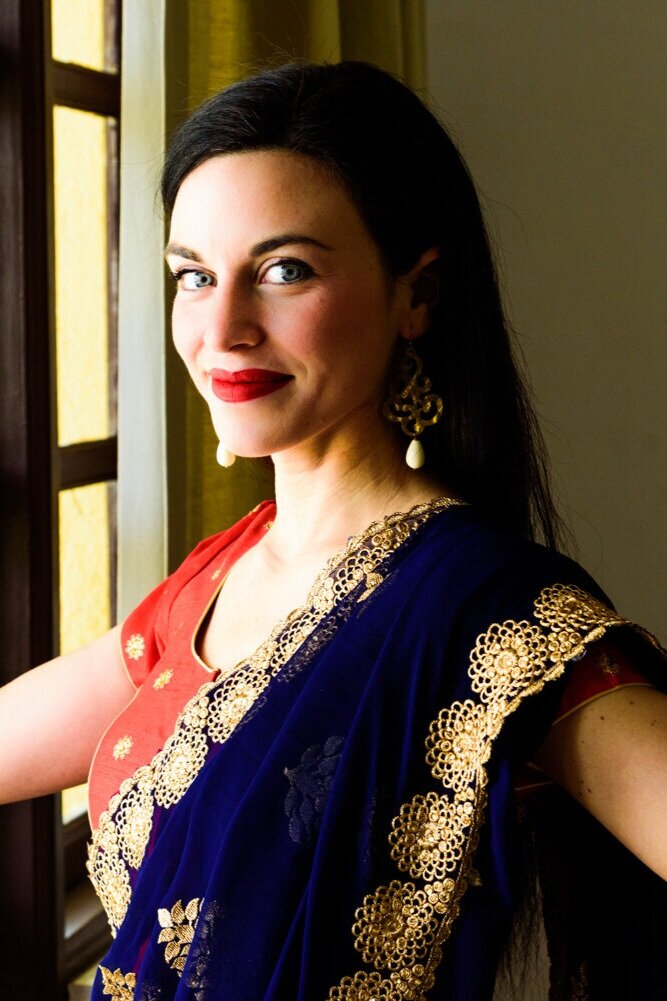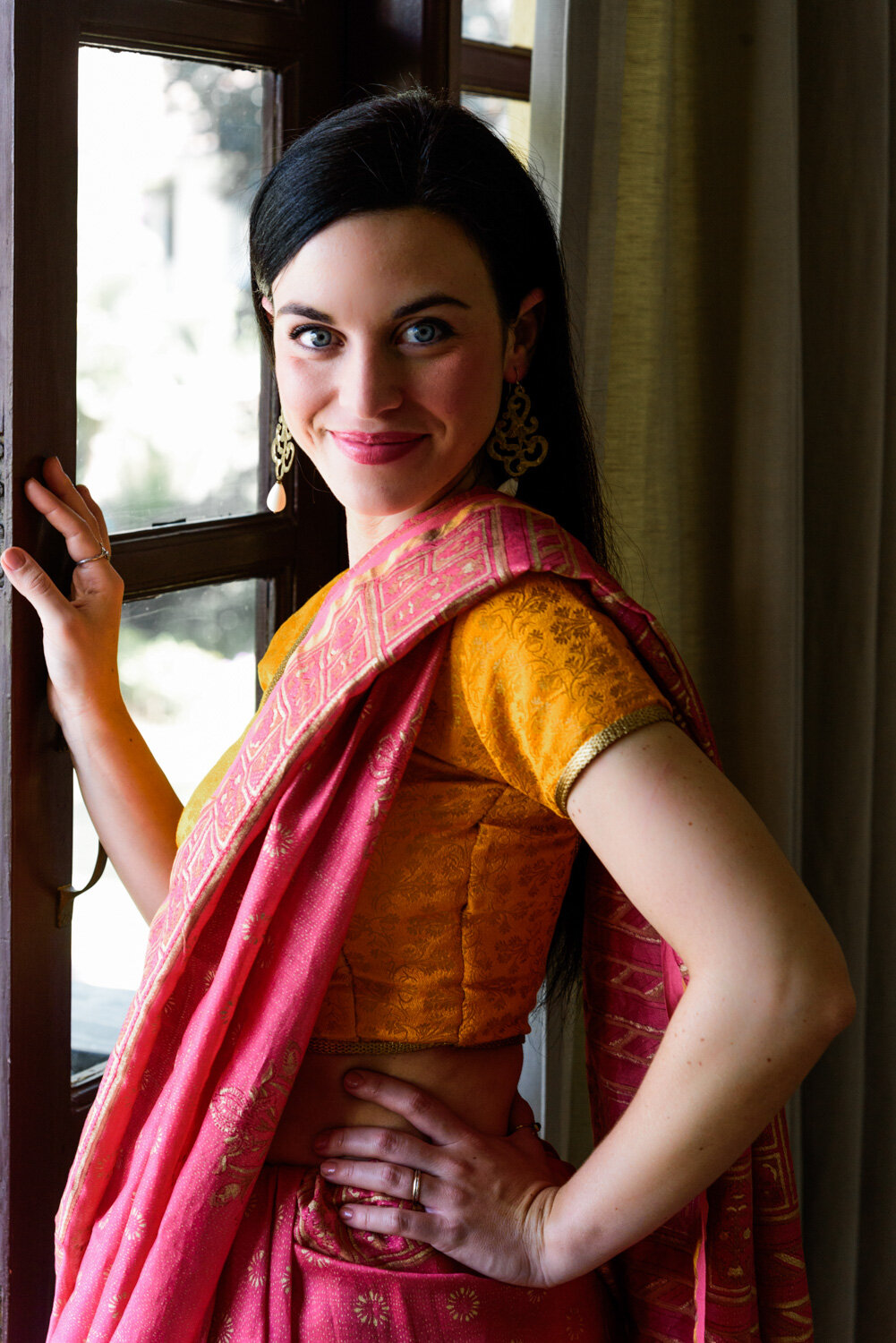Indian dress-code: what to wear as a wedding guest
If you thought that choosing a wedding dress was complicated, you've never been a guest at an Indian wedding. Here, not only the bride and groom, but also the guests have a dress-code, which is carefully matched to the future spouses.
The wedding lasts about 3 days, and each ritual is associated with a specific etiquette. Usually in the invitation are specified the details of the themes that guide the choice of dresses and accessories, and it will be good to know a little better the ceremonies that constitute it to have the right degree of elegance.
It is quite common, today, since weddings are starting to become less tied to village traditions, that Indian weddings take place in some hotel or residence, where guests stay together with the bride and groom, so it will not be difficult to have a base for your wardrobe and to prepare you properly for every moment of the ritual.
THE 4 MAIN CEREMONIES
There are four of them, and each one has its own theme. They can take place during the day or evening, which affects the appropriateness of one dress or another, and they are more or less formal.
The Mehendi is the ceremony in which the guests are decorated with henna patterns on their hands. It is a less formal event, usually held during the day and outdoors. Strong colors, sarees or kurtas dresses are allowed, even for women. It may happen to stain the dress with henna, so silks or light colors are the least suitable.
Sangeet is a typical evening ceremonial, it can take place indoors or outdoors. There are dances and songs in homage to the bride and groom. In the evening it is always appropriate to wear more vivid colours, perhaps decorated with bijoux, sequins or metal elements that shine in the spotlight.
The Haldi is the ceremony during which the bride and groom are sprinkled with rice and a turmeric paste to wish them happiness and fertility. The bride literally gets her hands dirty, and only the bride dares to wear a white dress that will end up completely soiled with spices at the end of the ceremony. The theme is usually yellow, and any accessory in this color is welcome. You can wear sarees or kurtas with pants accompanied by colorful stoles.
The wedding, finally, is the most formal event. It usually takes place in the evening, and shiny glittering silks in the light of sunset or spotlights are the most suitable fabrics. During this occasion, even the most lavish dresses such as lehengas are allowed, provided that the rich gold embroidered decorations on the bodices and skirts are left to the bride.
Jewelry in industrial quantities, hair accessories and flashy makeup. There are no limits to colours, and the more garish they are the more appropriate you will be.
KURTAS, SAREE AND LEHENGAS
For women there is a wide choice of clothing to wear. Being covered or uncovered is not a big problem: even older women have uncovered arms and bellies, usually covering their legs completely.
Kurtas are the most casual dress to wear: it's a sort of long shirt, long sleeves, which covers up to half a thigh. Underneath is worn a cotton pants, called pijama (no joke) of different color, to cover the legs. One wears a long stole, called a dupatta, which adds colour, is fastened with a pin on the left shoulder, and wraps around the right arm.
The saree will surely give more satisfaction to a woman eager to wear something typically Indian, but only if you don't get tangled up (as I did) in a clumsy attempt to replicate the sequence of coils around the body, of folds to form the skirt, and of meticulous tricks to keep on this complex scaffolding.
It is only a very long rectangle of cloth, which takes shape around your body only thanks to the expert hands of the saleswoman or some indian guest who will want to have mercy and help you. I was only able to keep it up precariously on the fourth attempt.
The lehenga is the emblem of Indian elegance, and much friendlier to wear than the saree. It consists of a short bodice, a stole to wrap around the shoulders, and a richly decorated flared skirt.
ACCESSORIES AND SHOES
Few women wear heels, not only because it's hard enough to make a step sqeezed in the sarees. There's a lot of dancing, and above all ceremonies are often on meadows or beaches, so the comfort of a sandal or a flat is essential.
The Indian flats are peculiar, beautifully styled and with a comfortable padded sole. Too bad they have no difference between right and left foot, and you will have to endure a long period of adjustment of the shoe to your foot, if you ever find the number!
Jewelry is a must, necklace and earrings, if you want a nose piercing, also jewelry to decorate the braids, and many, many, very heavy bracelets. Nothing will be too flashy.
On any type of clothing should your preference fall, I have only one advice: exaggerate!



















